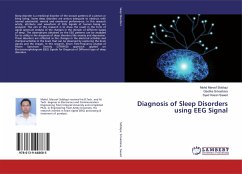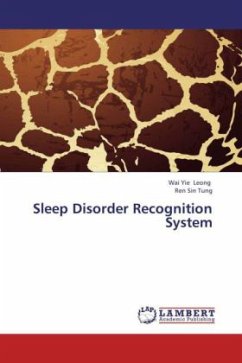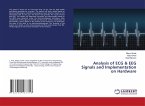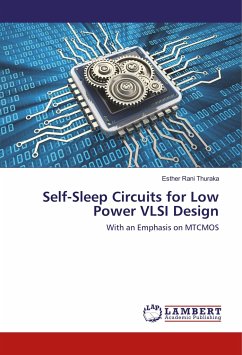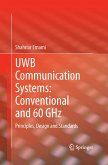Sleep is an important phenomenon in everyone's life. We spend one-third of our life sleeping. Lack of sleep may result in several sleeping disorders which can affect the mental, emotional and physical well-being. In this research, a disease known as Insomnia will be discussed. Normally, dreaming is an activity which is taking place in mind while the body is at rest. Insomnia, or sleeplessness, is a sleep disorder of being unable to fall asleep or to stay asleep as long as desired. A person suffering from Insomnia wakes up early or frequently during the night and feels exhausted, slow and is unable to concentrate. The various stages of sleep and the systems affecting the human body will be discussed in detail. The various symptoms, their causes and the respective treatment are also part of this study. Moreover, a time-frequency analysis of EEG signals is necessary. The electrical and chemical activities of the brain change in the presence of sleep disorder. These changes affect the waveform of the EEG signal and help to detect those disorders. In this work, the use of a short time-frequency analysis applied on Electroencephalogram (EEG) Signals is made for diagnosing Insomnia. A comparison between the normalized powers of the two types of patients, i.e. normal patient and Insomnia patient, is drawn to achieve meaningful results.
Bitte wählen Sie Ihr Anliegen aus.
Rechnungen
Retourenschein anfordern
Bestellstatus
Storno


